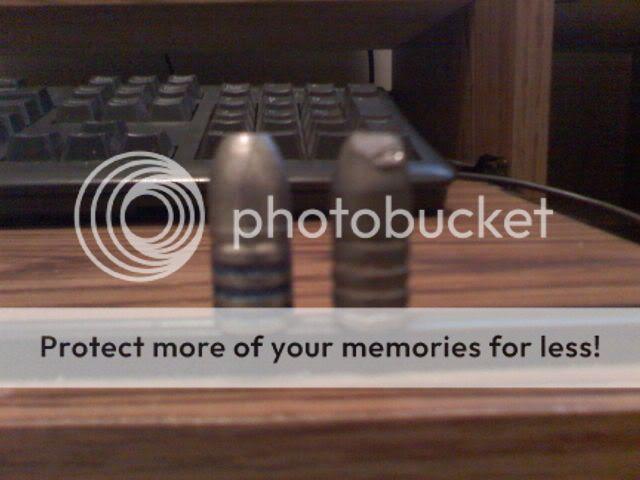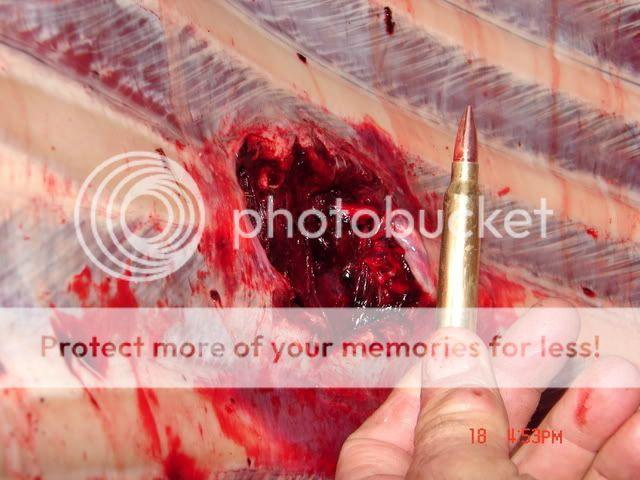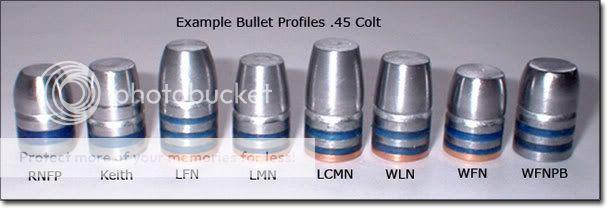TK,
Have you done any penetration tests comparing the 300 gr TSX to a heat treated 405, 420 or 440 gr hard cast bullet?
That TSX would retain alot of weight but it would turn nearly inside out at 2000 fps. Expansion is dramatic at these levels of velocity and this will limit penetration. The combination of large frontal area with the low bullet weight(sectional density) even if it did not loose any velocity would limit penetration DRAMATICALLY.
On top of that, retained bullet velocity during penetration is very low for the TSX.
For the hard cast bullets. Its been proven that there are very few jacketed bullets that will penetrate with them. In fact there have been many tests comparing big bore handguns with hard cast bullets against the most common african big game rifles out there including the 375 H&H, 458 Win Mag and 470 nitro.
With soft point bullets in all three of the rifle chamberings and hard cast in the handguns which were magnum loaded 45 Colt, 454, 475 and 500 line., the handguns penetrated from at least as deep to much deeper then the rifles.
When comparing solids or FMJs in the rifle rounds to the hard cast, they were nearly identical in penetration in spite of the rifle rounds dramatic energy and velocity advantage.
Simply put, when it comes to penetration on big game, a heavy hard cast bullet will do things many would never imagine they would.
They also found that after penetration, the slow starting hard cast bullets had higher retained velocity after exiting test media compared to the rifle bullets. Which means the bullets were traveling faster as they passed through the target compared to the rifle rounds. This tells us alot of why they penetrate well. This also adds to their on game performance which is far more impressive then most would ever think.
While the light bullets such as the 300 gr TSX look impressive on paper and on light game they can be extremely impressive, on heavy game they are not the way to go and it will only take some field tests for you to see this in a dramatic way.
I am not saying they will not kill game, I am not saying they will not kill big game, I am only saying there are better ways to do it.
Also, when you compare jacketed bullets to hard cast, if you take same bullet weight bullets, you will be able to drive the hard cast to 100-150 fps faster then the jacketed bullets. Why? The hard cast are easier to push through the bore and have a lower frictional coefficent then the jacketed bullets. This reduces pressure and allows you to load them to higher velocity with same chamber pressure as the jacketed bullets.
 Help Support Long Range Hunting Forum
Help Support Long Range Hunting Forum


